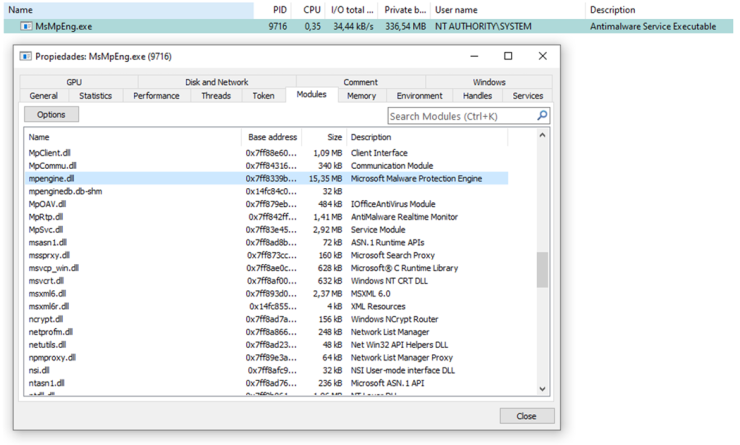TL;DR
Nim is a not too well known language that has interesting features that make it very appealing in attack scenarios. Here is a demonstration of its capabilities to bypass AV/EDRs and a journey into learning the language.
Motivation
The knights who say Nim
For quite some time now there had been a strange talk around in the cybersec community that often reminded me of the scene at the Monty Python and the Holy Grial movie. For whatever reason, these cybersec knights kept saying “Nim” all the time. When I finally found the time I took a deep look at this weird talk to try to decipher it’s meaning. And to find out whether or not this hype held the key to any kind of Holy Grial. Once I did, I can say that I do believe it does. Now, I myself have joined these knight’s peculiar order’s ranks. Out of that trip an interesting tool was born, and here’s what I found out in that journey.




 Today’s post is authored by Robert Mardisalu, co-founder & editor of
Today’s post is authored by Robert Mardisalu, co-founder & editor of 